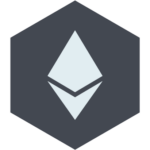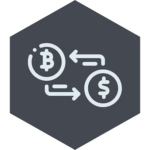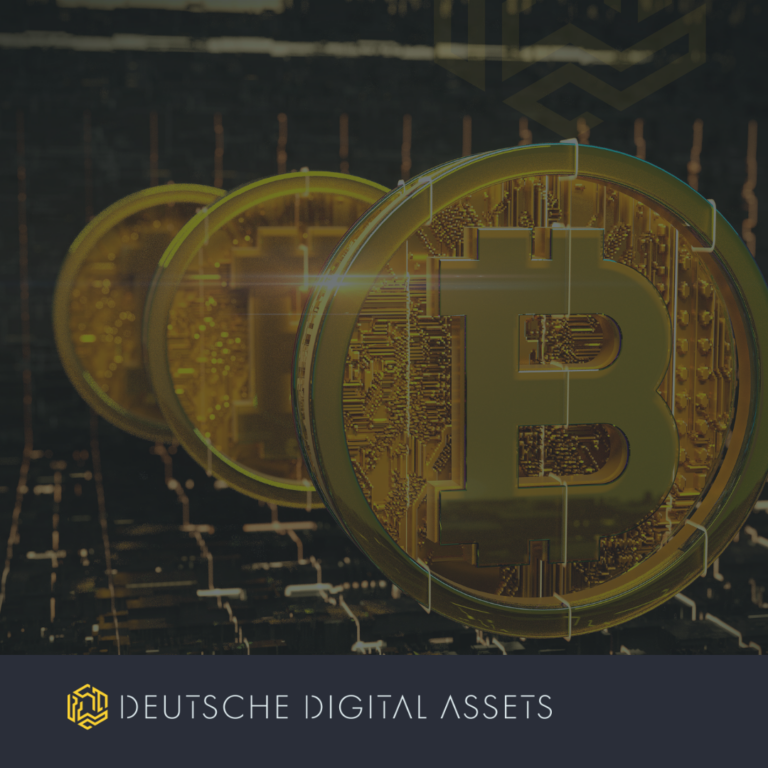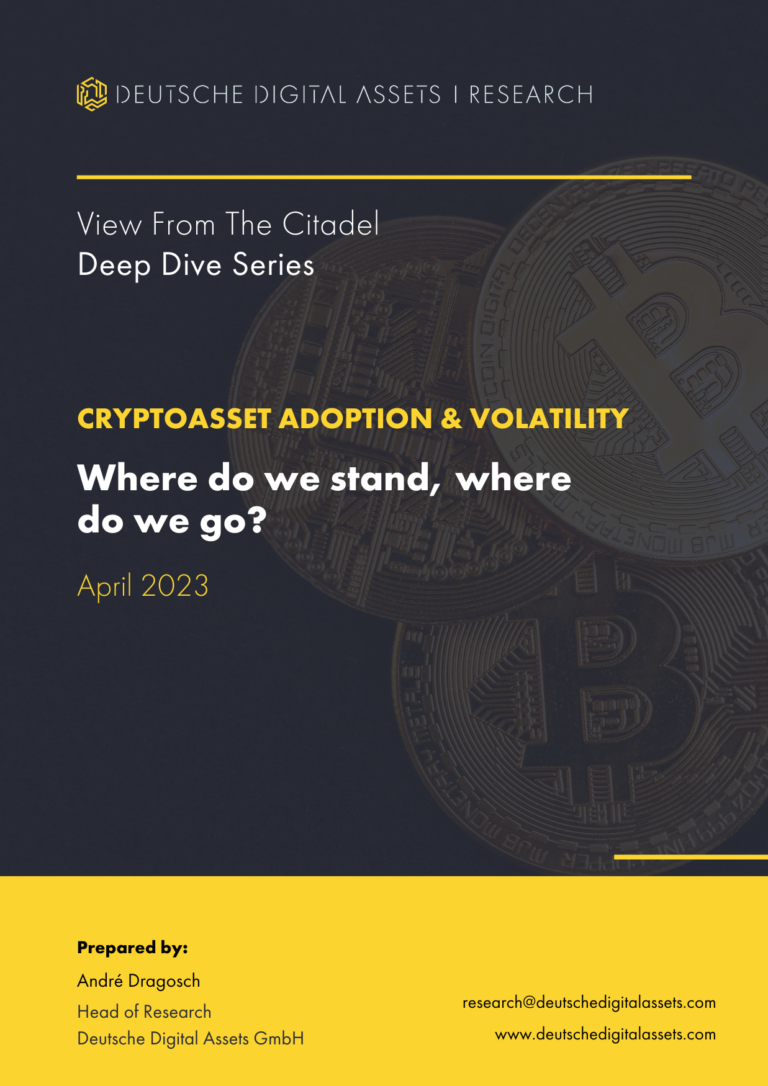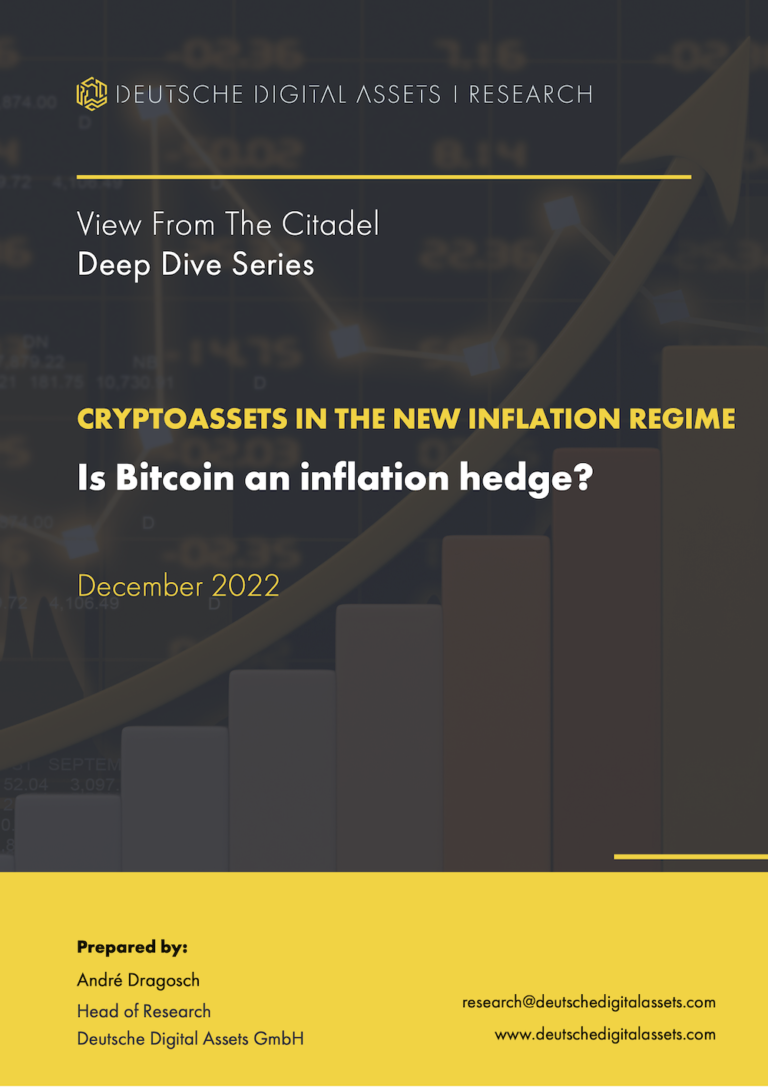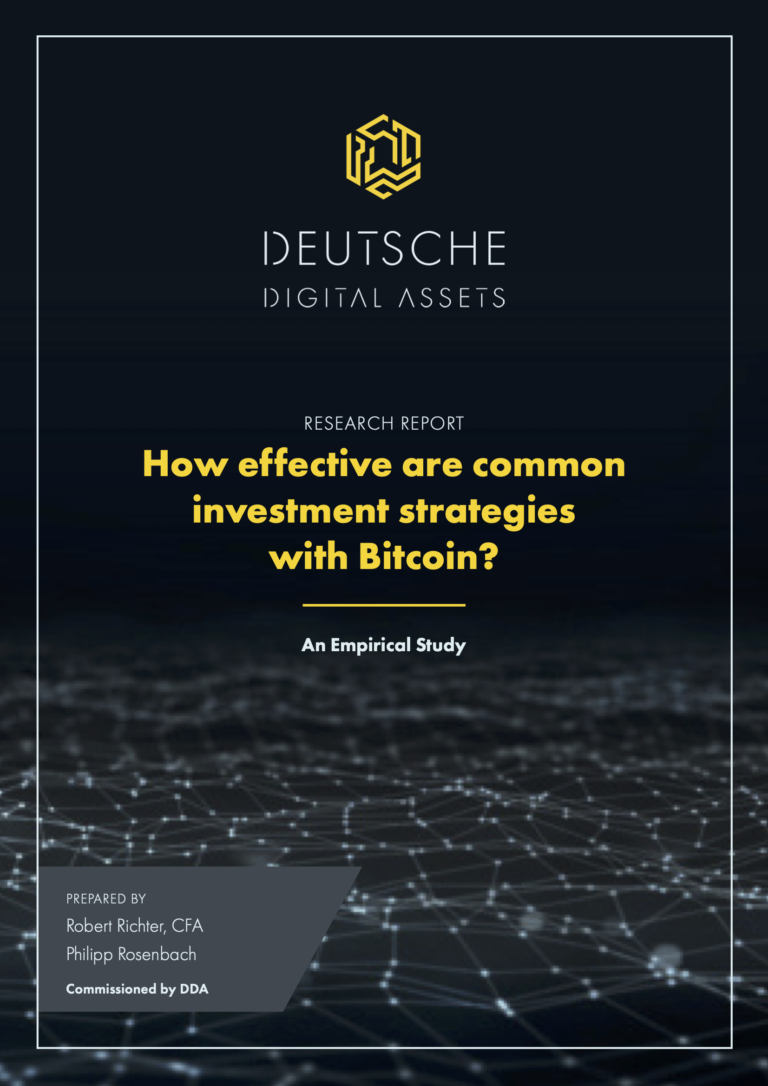
Source: Unsplash
The Ethereum network has been facing its fair share of scaling challenges. Following the explosive growth of DeFi and NFTs, transaction fees have gone through the roof. Additionally, confirmation times are taking longer than they should. Fortunately, layer 2 solutions have emerged to address Ethereum’s scalability challenges, reducing the gas fee burden on users and increasing throughput. Read on to learn about layer 2 scaling solutions and how they are helping Ethereum retain its market-leading position as a smart contract protocol.
What Are Layer 2 Scaling Solutions?
Layer 2 scaling solutions are protocols built on top of an existing blockchain to achieve higher throughput and transaction speeds without compromising decentralization or security.
Most layer 2 solutions use a framework where blockchain transactions and activities are executed independently from the main chain (layer 1). Hence, they are also referred to as off-chain scaling solutions.
Using off-chain scaling solutions, transactions can be moved from the main chain to a second layer where they can be processed faster and at a lower cost.
One of the main advantages of layer 2 solutions is that the main chain doesn’t have to go through any structural change that may lead to a contentious hard fork. Instead, layer 2 solutions are extra layers that boost the main chain while utilizing its security.
Layer 2 Scaling Solutions
The two largest blockchain networks, Bitcoin and Ethereum, currently have different layer 2 solutions built on top of their main chains.
The Bitcoin Lightning Network, for example, utilizes payment channels where thousands of transactions can take place and later be reported to the Bitcoin blockchain. Ethereum layer 2 solutions include namely state channels, Plasma, optimistic rollups, and Zk rollups. Several protocols have implemented these solutions to scale the Ethereum network.
- State Channels
State channels are a scaling technique that allows users to make thousands of transactions off-chain while submitting only two transactions to the main chain. With state channels, users can perform free peer-to-peer transactions. This allows the Ethereum network to achieve very high throughput.
- Plasma
Plasma was proposed by Ethereum co-founders Vitalik Buterin and Joseph Poon. It uses smart contracts and Merkle trees to create multiple child chains. For security, it relies on the main chain through fraud proofs.
- Optimistic Rollups
Optimistic rollups scale the Ethereum network by using key actors known as aggregators who compile batches of transactions off-chain and send them to a smart contract on the main chain via fraud proofs. This allows the network to reach a consensus on a batch of transactions as opposed to each transaction.
- Zk Rollups
Zk rollups bundle hundreds of transactions off-chain into a single transaction and send it to the main chain through validity proofs. This reduces data sizes and, in turn, lowers the gas fees and time for validating blocks. Zk rollups, however, cannot execute smart contracts like Optimistic rollups.
The Ethereum network is also working on a layer 1 scaling solution, referred to as ETH 2.0, which will be rolled out completely in 2023. This will then bring features such as proof of stake (PoS) and sharding to the main chain.
Why Does Ethereum Need Layer 2 Solutions to Scale?

The Ethereum blockchain has paved the way for numerous innovations in the crypto space. Thousands of users are tapping into the Ethereum network daily to access decentralized applications, deploy capital in the DeFi market, play blockchain games, or explore the world of NFTs.
Ethereum’s advanced capabilities have made it the most widely used smart contract protocol in the world as it spearheads the Web 3.0 movement.
However, Ethereum’s impressive adoption rate comes with scalability issues. The Ethereum blockchain can only process a maximum of 13 – 15 transactions per second. And as on-chain activities increase, the network becomes congested, drastically reducing transaction speed. This, in turn, affects ETH gas prices as users aim to outbid each other for confirmation of transactions. This makes the network slow and expensive. And, therefore, a poor and expensive long-term choice for decentralized applications.
Users often end up paying gas fees that exceed their transaction volumes.
In comparison, centralized systems like Visa processes up to 20,000 transactions per second via the VisaNet electronics payment network. Achieving scalability in a highly decentralized network often requires high processing power due to the large number of validators in the network. A possible solution may be to change the structure of the network. However, this leaves the tendency for network division and security issues.
Ethereum layer 2 scaling solutions solve these problems by offering almost instantaneous transactions and extremely low fees while retaining the integrity of the main chain. And with ETH 2.0 around the corner, layer 2 solutions will see Ethereum achieving a very high transaction speed compared to other networks.
This leaves room for more significant growth for Ethereum. It could push it further towards achieving its mission of becoming a decentralized world computer.
Examples of Ethereum Layer 2 Solutions
Now, let’s take a look at some of the top protocols that have implemented layer 2 solutions to scale the Ethereum network.
- Polygon
Polygon improves transaction speed and throughput for the Ethereum blockchain via its Matic PoS chain and plasma chains. What’s more, Polygon aims to further improve its network. The implementation of zk-rollups, optimistic rollups, validum chains, stand-alone chains, and shared security chains are in planning.
- Optimism
Optimism uses optimistic rollups to scale the Ethereum network by putting transaction data on-chain while running computations off-chain. Uniswap and Synthetix currently utilize this layer 2 solution.
- Arbitrum
Arbitrum is a second layer solution that compresses multiple contracts as a single object into the main chain. Users can easily process transactions for a small fee through its smart contracts EthBridge. The network is home to big industry names like Consensys, Sushi, and Uniswap.
- Starkware
Starkware uses a Rollup known as zk-STARKS (zero-knowledge, scalable, transparent arguments of knowledge) for scaling the Ethereum Network. The protocol has settled over $250 billion worth of transactions in the past six months. Also, Starkware is developing an ecosystem of Ethereum layer 2 applications known as StarkNet.
- Immutable X
Immutable X is a layer 2 scaling solution for trading NFTs on the Ethereum network. It utilizes Starkware zk-rollups technology, processing up to 9,000 TPS for almost zero gas fees.
- Loopring
Loopring is an Ethereum layer 2 solution that utilizes zk-rollups to power decentralized trading and payment processing with high speed for extremely low fees.
Will Layer 2 Help Ethereum Retain its Market-Leading Position?

For years Ethereum has maintained its status as the leading smart contract blockchain. However, 2021 saw the rise of several layer 1 chains like Solana and Avalanche competing for market dominance. Ethereum still holds a huge gap over these chains. However, their competitors’ high transaction speeds, minimal fees, and improved user experiences suggest they may catch up sooner or later.
Additionally, newer layer 1 chains are typically EVM-compatible. That means decentralized applications can easily port from Ethereum to their network. Considering the high fees and low throughput of Ethereum, it makes sense for users to find alternatives.
However, the leading blockchain network seems ready to ward off competition as its layer 2 solutions are gaining traction.
Ethereum layer 2 protocols currently have over 3,000 DApps deployed on their networks. Examples include top DeFi platforms like Aave, Curve Finance, dYdX, and Uniswap. The total value locked on layer 2 is over $10 billion, according to L2Beats.
Furthermore, more and more crypto exchanges are integrating with layer 2 solutions to improve the user experience for ETH users.
As layer 2 solutions continue to see increased growth, congestion on the main chain should decrease and ETH gas fees should come down.
About Iconic Funds
Our mission is driving the adoption of crypto assets. As the bridge for investors to gain exposure to Crypto Assets, Iconic Funds’s licensed and regulated vehicles offer investors a menu of investment choices ranging from passive index exposure to actively-managed strategies. We are removing the technical risks of crypto investing by offering investors trusted and familiar means to invest in crypto at industry-leading low costs.
The marriage of state-of-the-art technology, innovative investment products, and uncompromising professionalism places Iconic at the vanguard of crypto asset management.
If you are interested to add exposure to Ethereum into your portfolio, check out the Iconic Physical Ethereum ETP (IETH) here.
Recent Research Reports
- Cryptocurrencies and the Sharpe Ratio of Traditional Investment Models ➡ Download here
- Analyzing the Primary Value Drivers of Leading Cryptocurrencies ➡ Download here
- How Effective are Common Investment Strategies with Bitcoin? ➡ Download here
- Investigating the Myth of Zero Correlation Between Crypto Currencies and Market Indices ➡ Download here
For further information, please visit deutschedastg
Important Notices
This article represents solely a non-binding preliminary information which serves exclusively advertising purposes. It is not a prospectus in the sense of the Regulation (EU) 2017/1129 – Prospectus Regulation) and the German Securities Prospectus Act (Wertpapierprospektgesetz – WpPG).
This notice does not constitute an offer to sell securities, nor is it a solicitation or an offer to buy securities in any jurisdiction in which such offer or solicitation is unlawful. It does not constitute an offer of securities for sale in the United States and the securities referred to in this notice may not be offered or sold in the United States absent registration or an exemption from registration.
This article may contain forward-looking information within the meaning of applicable securities legislation, including with respect to the expected offering size, the terms of the Notes including the anticipating timing for the pricing and settlement date and the listing of the Notes on the regulated market of the Frankfurt Stock Exchange.
Forward looking information is based on a number of assumptions and is subject to a number of risks and uncertainties, many of which are beyond Iconic Fund’s control that could cause actual results to differ materially from those that are disclosed in or implied by such forward-looking information. These risks and uncertainties include, but are not limited to, capital markets conditions and the ability to successfully market the Notes, global and local economic and business conditions.
All forward-looking information in this notice speaks as of the date of this notice. Iconic Funds does not undertake to update any such forward-looking information whether as a result of new information, future events or otherwise except as required by law. Additional information about these assumptions and risks and uncertainties is contained in Iconic Fund’s filings with securities regulators, including its latest annual information form and MD&A. These filings are also available at Iconic Fund’s website at https://deutschedastg.
The prospectus is available at https://deutschedigitalassets.com/ieth-iconic-physical-ethereum-etp/
The price performance of cryptocurrencies is highly volatile and unpredictable and past price performance is no guarantee of future price performance.
The approval of the Prospectus should not be construed as an endorsement of the securities offered or admitted to trading on a Regulated Market. Prospective investors should read the Prospectus before making any investment decision in order to fully understand the potential risks and rewards of deciding to invest in the securities.


